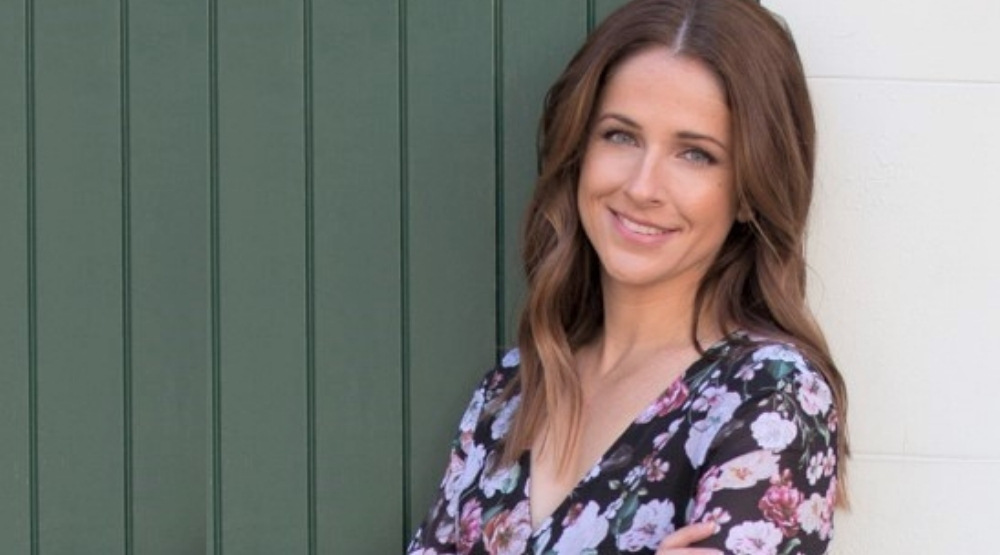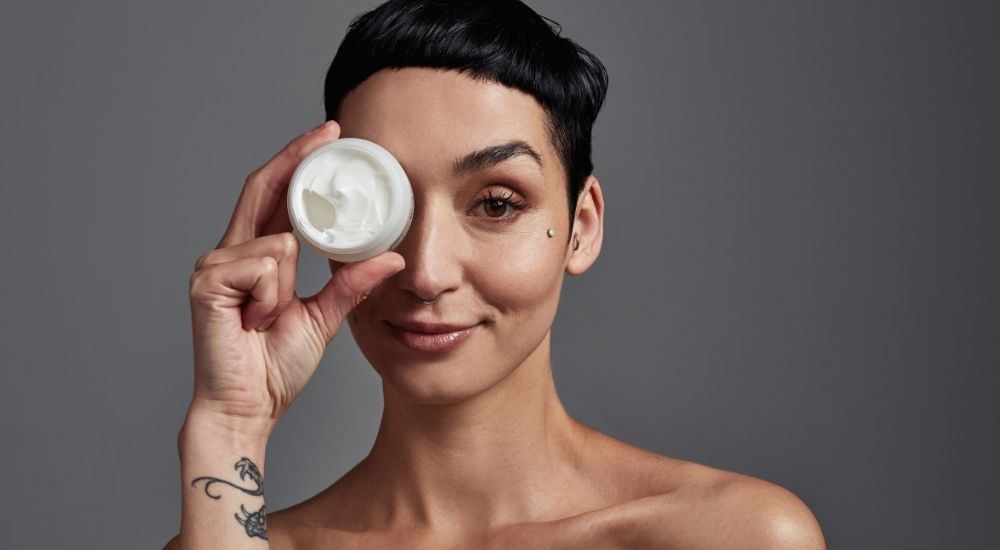Sometimes there’s be a fine line between making claims that are clever and compelling and claims that are non-compliant, and knowing the difference between the two can be difficult, even when you’ve been in business for a while. Jennifer Rudd, founder of Skincare Business Foundations takes you through marketing your brand effectively, without overstepping your legal obligations.
Here are some tips and tricks to help you stay on the right side of the law.
- Make sure any claims can be substantiated
The Australian Consumer Law states that you can’t make statements that are incorrect or likely to create a false impression. This includes claims on your label, website and in any other marketing or promotional material.
Misleading statements might include incorrect claims that a product is natural or organic, or the country of origin, and claims about the benefits or performance of a product that have not been proven or cannot be substantiated with evidence.
I’ve seen a number of beauty brands using the terms natural or organic when they have naturally derived or synthetic ingredients in their products. Or using logos from organic or cruelty free certification bodies when they don’t actually have the certification – they might have an organic or cruelty-free product, however these logos can’t be used without obtaining the certification.
You could be in breach even if you didn’t realise you were making a misleading claim. For example, if you’re relying on a supplier’s statement that your ingredients are organic, and this turns out to be false as there is no supporting documentation, then you may be liable.
For this reason you should always have evidence to substantiate claims you want to make, e.g. proof of organic status from a certification body, ingredients brochures from suppliers stating clinical results about performance, or peer-reviewed articles from scientific journals. Store these documents somewhere handy in case the ACCC ever comes knocking on your door.

- Stick to making cosmetic (not therapeutic) claims
This is an important one – generally beauty products will be classified as cosmetics (rather than therapeutic goods), so you can only make claims that relate to the definition of a cosmetic. This means that you can’t say a product will prevent or treat a disease or illness, or affect the structure or functions of the body, e.g. heals a certain condition or controls sweat. These are “therapeutic claims” that can only be made by products listed or registered on the Australian Register of Therapeutic Goods, which is administered by the Therapeutic Goods Association (TGA).
This includes claims on your label, website and any promotional material. It even includes customer testimonials as they are classified as advertising, meaning that wherever you are in control of the content, e.g. reviews on your website, you need to make sure there are no therapeutic claims. You also need to be careful about what you state about your products’ ingredients – you can’t mention therapeutic claims (including traditional use claims) about them either.
A good place to start with understanding what kind of cosmetic claims you can make is the Australian cosmetic claims guidelines from the TGA. It’s now an archived document because parts of it contradict more recently introduced legislation, so they can’t be relied upon 100% but still give you an idea of the things you can and can’t say.
There are penalties for non-compliance, including warning notices and fines. In fact, the TGA has recently made it even easier to report illegal advertising about therapeutic goods (e.g. where therapeutic claims are made about a product that isn’t on the ARTG) by adding an online complaint form to their website.
But aside from that, these regulations exist to protect consumers, so it’s in their best interests to remain compliant and to leave the therapeutic claims to brands who have gone through the TGA approval process.
To learn more about making compliant cosmetic claims, check out my Cosmetic vs Therapeutic Claims guide.
- If in doubt, leave it out
This is one of the things I say to my clients all the time. Focus on the things you are confident you can say and substantiate – and leave the rest out. There are so many claims you can make that are amazing and compliant, without worrying about being non-compliant.
Don’t be afraid to ask for help if you’re feeling stuck. Navigating what you can and can’t say is a minefield, which is why I offer Marketing Claims Reviews. A Marketing Claims Review gives you peace of mind so you can market your beauty product with confidence.
Otherwise I highly recommend working with a copywriter with experience in the beauty industry, like Nell Casey from Fete Creative or Amy Hughes, who can write you some killer copy that not only entices your customers but also sticks within the boundaries of compliance.
—
Want more? Read Jennifer Rudd’s top five website tips for beauty brands here.
You can also grab your free copy of Jennifer Rudd’s The 5 Biggest Cosmetic Compliance Mistakes to Avoid by following the link.
Read the current issue of our digital magazine here:
- For more news and updates, subscribe to our weekly newsletter
- Follow us on Instagram
- Like us on Facebook
- Join Australia’s largest network of beauty industry professionals on LinkedIn
- Subscribe to our print magazine
Have an idea for a story or want to see a topic covered on our site and in our pages? Get in touch at info@professionalbeauty.com.au.

